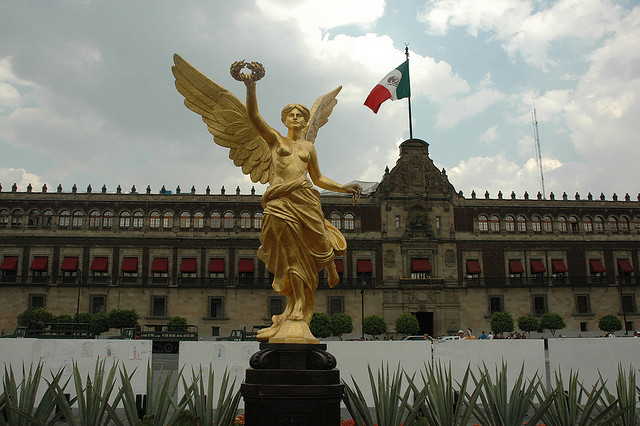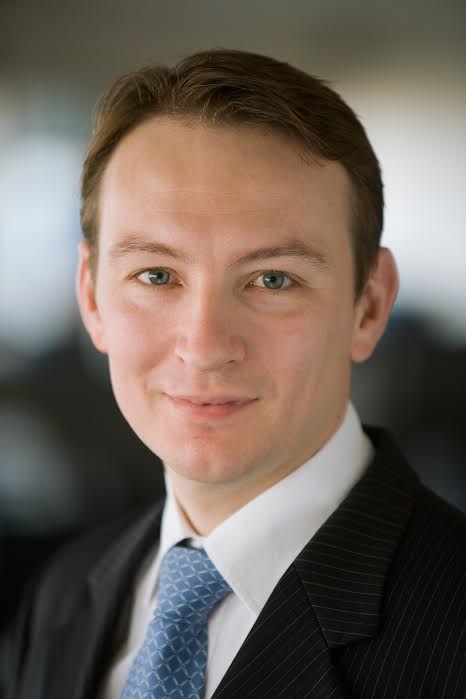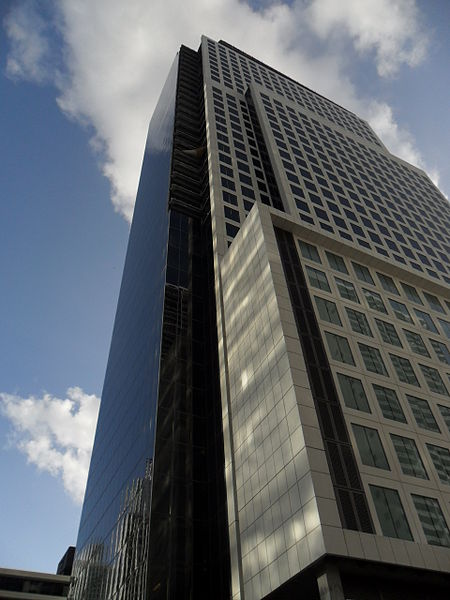Pioneer Investments Expands Liquid Alternative Offerings
| By Alicia Miguel | 0 Comentarios

Global asset manager Pioneer Investments has announced the addition of new liquid alternative strategies through simultaneous product launches across global markets. Three strategies are available as U.S. mutual funds and two are non-U.S. funds available internationally. One of the strategies being offered in the U.S. uses similar investment techniques to a strategy that has been available outside the U.S. since 2010.
“Liquid alternatives represent an important evolution for Pioneer and an area where we have made a significant commitment on a global scale,” said Giordano Lombardo, Group Chief Investment Officer. “We believe global demand for liquid alternatives products will continue to grow as investors seek additional strategies beyond traditional fixed income approaches to manage interest rate and credit risks across all market cycles,” he said.
Pioneer’s liquid alternative capabilities build on the firm’s expertise in managing a wide range of fixed-income strategies aimed at navigating challenging global bond markets, including multisector and unconstrained bond, emerging market debt, and floating rate loan strategies.
Lombardo said, “We believe that our new suite of liquid alternatives strategies offers a differentiated approach that can help meet the needs of a wide range of investors. Pioneer’s approach to liquid alternative investing employs our entire global fixed income expertise in Boston, Dublin and London. We use absolute return strategies that seek to generate positive returns with low or negative correlations to broader fixed income and equity markets. As part of this process, we are expanding the use of our distinctive proprietary risk budgeting capability that we have been using successfully for several years to drive a highly disciplined investment process.”
The new strategies are supported by Pioneer’s global fixed income team of 63 portfolio managers, 27 credit analysts and 12 portfolio construction / risk management analysts. The strategies leverage the company’s global resources in risk management, compliance, distribution, technology, and operations. The products provide daily liquidity and transparency of portfolio holdings, and are available globally in Pioneer Investments’ markets where the products are registered.
The U.S. fund launches are being supported by a wide range of new marketing and education material, including a web site (pioneeralts.com), in-depth blue papers, videos, a glossary of terms related to alternative investing, and access to product-specific materials and content. In addition, specially trained Pioneer sales professionals will be working with financial intermediaries to assist them in preparing to educate potential clients on how these new funds might be incorporated as part of a diversified portfolio.
The funds are distributed globally through a wide range of financial advisors in retail and institutional share classes. Not all products are available in all jurisdictions.
Among the funds are Pioneer Absolute Return Bond Fund, well suited to a rising yield environment and the resulting volatility as investors adapt to higher rates. It offers exposure to investment strategies that strives to deliver positive returns uncorrelated to either interest rate or credit cycles, which we believe will be vital in the coming years. The fund aims to preserve capital while generating positive returns in rising or falling markets. Employing the use of Pioneer Investments’ approach to portable alpha, seeking return opportunities through independent decision-making, the fund does not rely on market beta to generate returns.
The fund is co-managed by Tanguy Le Saout, Head of European Fixed Income, and Cosimo Marasciulo, Head of European Government Bonds and FX, who are based in Dublin and supported by the Dublin-based fixed income teams. LeSaout and Marasciulo have been working together for 10 years.
Pioneer Long/Short Global Bond Fund provides exposure through both long and short positions to a broad range of absolute return strategies focused on fixed income and fixed income-related securities, including derivatives, on a global basis. From this diverse set of strategies, the Fund seeks to identify and isolate specific opportunities designed to generate positive, uncorrelated absolute returns. The fund is managed using an absolute return approach, which means that its portfolio is not managed relative to a securities index. The Fund strives to maintain a durationin the range of -3 to +3 years in an effort to minimize interest rate sensitivity.
Pioneer Long/Short Opportunistic Credit Fund is similar to Pioneer Long/Short Global Bond Fund but under normal circumstances the fund’s average portfolio duration will be between -4 and +4 years. This slightly longer duration means that the fund takes on additional risk. The Fund provides exposure to a broad range of alternative strategies that seek positive returns uncorrelated to traditional asset classes. As compared to Pioneer Long/Short Global Bond Fund, Pioneer Long/Short Opportunistic Credit Fund may utilize a broader range of alternative and traditional investment strategies and asset classes in pursuing positive total returns, including exposure to equities or equity-linked securities on a long and short basis.
Both funds are managed by Thomas Swaney, Head of Alternative Fixed Income, U.S. and Benjamin Gord, Portfolio Manager, Alternative Fixed Income, who are supported by Pioneer’s global fixed income team. Tom Swaney and Ben Gord have more than 17 years of combined experience managing alternative strategies.










